Growing vegetables in pots can be a great way to make the most of limited space. Whether you are living in an apartment, don’t have access to a garden, or just want to start small, vegetable pots are a great starting point for any budding gardener. Here’s our guide on how to grow vegetables in pots for beginners!
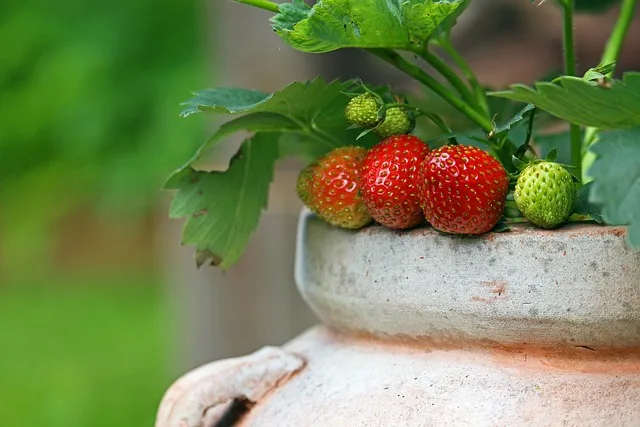
Having a vegetable garden is a great way to ensure that you have access to fresh, home-grown produce. Not only does it taste delicious but it can also save you money in the long run.
For those with limited outdoor space or who don’t have a lot of time to dedicate to gardening, creating a vegetable patch can be difficult. If you want to grow vegetables in pots, it’s an ideal solution. Self-contained planters are easy to move around the garden and make growing vegetables simple and convenient.
When it comes to selecting what vegetables to grow in pots, there is no need to feel limited. A wide range of veg can be successfully grown in pots! Carrots and potatoes require large, deep containers but smaller varieties such as salad leaves, radishes, and tomatoes can be grown in relatively shallow tubs or troughs.
What Vegetables are Good to Grow in Pots?
There are plenty of fruit and vegetables that thrive in pots. Consider trying out:
- Beetroot
- Broad beans
- Carrots
- Dwarf French beans
- Herbs, like basil or thyme
- Peas (especially sugar snap varieties)
- Potatoes (just make sure the pot is deep enough!)
- Radishes for a quick and easy harvest option
- Rocket for some peppery greens on your plate
- Runner beans if you want something more substantial with longer growth time than other veggie choices listed here
- Chillies and Peppers add spice to any dish
- Salad leaves offer variety when it comes down what’s available locally at grocery stores during different seasons – try mixing up types such as arugula along side spinach too!
- Salad onions
- Tomatoes provide juicy flavour all summer long, whether they’re cherry sized or larger heirloom varieties.
Growing Vegetables in Containers Basics
If your prefer to have grow vegetables in pots or planters, there are a few things you should keep in mind:
Choosing what to Grow in Pots
If you’re looking to grow your own vegetables this year, you’ll need to choose some seeds. But with so many varieties to choose from, how do you know which ones are right for you?
First, think about what kind of vegetables you want to grow. It makes sense to grow ones that you regularly eat.
Some seeds are better suited to certain climates and soil conditions than others. So if you live in a cold climate or have poor soil, you may need to opt for some tougher varieties.
Also, think about your budget. Different seeds can vary in price quite a bit, so it’s worth shopping around for the best deal. You may also be able to find seed packs that offer discounts on multiple varieties.
There’s a great range of fruit and vegetable seeds to get you started here.
The Right Sized Pot for Growth
Make sure to choose a pot that’s big enough for your plant to grow in and that the container has enough space for root growth. If in doubt, opt for a larger size, so that your plant has the space it needs to mature and flourish. You’ll also want to make sure the pot has drainage holes so that water can drain out.
Root vegetable such as potatoes, carrots, parsnips, beetroot and swede will need deeper containers than other types of produce, to allow them to develop the tasty bits!
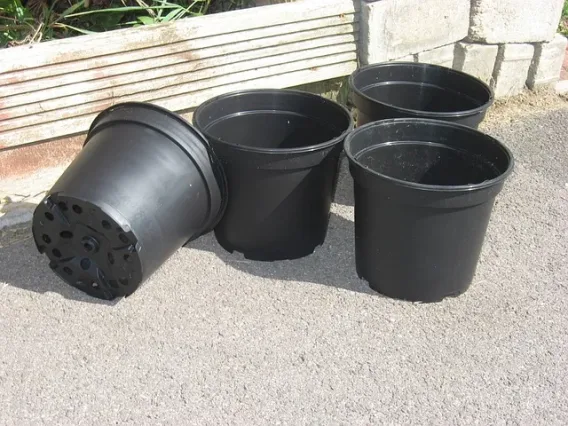
Quality Potting Compost
To ensure your veg get off to the best possible start, it is important that you select good quality potting soil. When it comes to choosing potting soil, look for mixtures which are specifically designed for vegetable growing; these will contain all the essential nutrients needed for healthy plant growth.
Sowing Vegetable Seeds in Pots
Once you have your soil and containers ready, it is time to start planting! Sowing instructions are given on the reverse of seed packets, so follow instructions to get the correct depth.
It may be tempting to cram lots of plants into each container but this will only reduce their growth potential – try not to overcrowd your vegetable pots! Sow thinly to allow plants room to grow. You may also have to thin out some plants as they grow to make enough room.
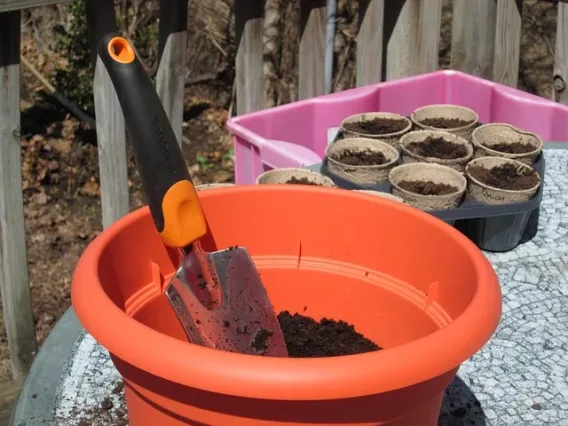
Best Position for Containers in your Garden
But where is the best place to set up your veg containers? The answer will depend on the size and shape of your garden as well as what type of vegetables you intend to grow. Generally speaking, it’s best to place them in an area that receives lots of natural light throughout the day and is sheltered from strong winds. This will give your plants the best chance of thriving and producing high yields of fresh produce.
When you grow vegetables in pots, it’s also important to consider how water will reach your containers. Ideally, the closer to a tap you put them the less effort watering them will be, unless you can reach with a hose pipe.
Convenience is also a factor when deciding where to locate your veg containers. Having them close enough so that you can easily tend to them will make gardening much less time-consuming and enjoyable!
Watering your Containers
If you’re growing vegetables in containers, it’s important to understand how often you should water them. Too little water can cause your plants to become weak and stunted, while too much water can lead to root rot and other problems. Knowing the correct amount of water to give your vegetables is essential for a successful harvest.
The frequency of watering will depend on several factors, including the size of the container and the types of vegetables you’re growing. Generally speaking, vegetable containers need to be watered regularly – at least twice a week – during the growing season. However, if the weather is particularly hot or dry, more frequent watering may be necessary.
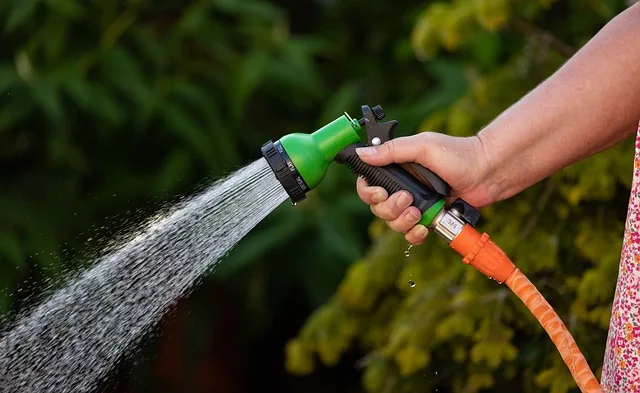
When watering your vegetable containers, it’s best to use a slow trickle. This ensures that all areas of the soil receive an even distribution of water and prevents runoff from occurring. You should also aim for deep soaking when possible, as this encourages deeper root growth and helps plants absorb more nutrients from the soil.
It’s also important to check for signs that your vegetable containers are receiving enough water. Wilting leaves are usually a good indication that they need more moisture, while soggy soil may mean that they have been overwatered. If in doubt, it’s always better to err on the side of caution and water your plants sparingly until you get into a regular routine.
Ultimately, there are no hard-and-fast rules when it comes to watering vegetable containers – it will largely depend on the climate where you live and how much sun your plants receive each day. Pay attention to how your plants look and feel and adjust your watering schedule accordingly; with a little practice, you should soon find what works best for you!
Fertilising your Vegetable Pots
Once your plants are growing, make sure to fertilise your plants regularly.
Fertiliser helps add vital nutrients to the soil which are essential for plant growth and development, such as nitrogen, phosphorus and potassium. Without regular applications of fertiliser, your vegetables may not reach their full potential and you could end up with smaller yields.
For best results, aim to fertilise your vegetable containers every 2-3 weeks during the growing season. This will help keep the soil nourished and provide a steady supply of nutrients for your plants. Exactly how often you add fertiliser will depend on the type of fertiliser you use.
Different types of fertilisers are available depending on your specific needs – organic options like manure or compost can be used if chemical-based fertilisers are not desired.
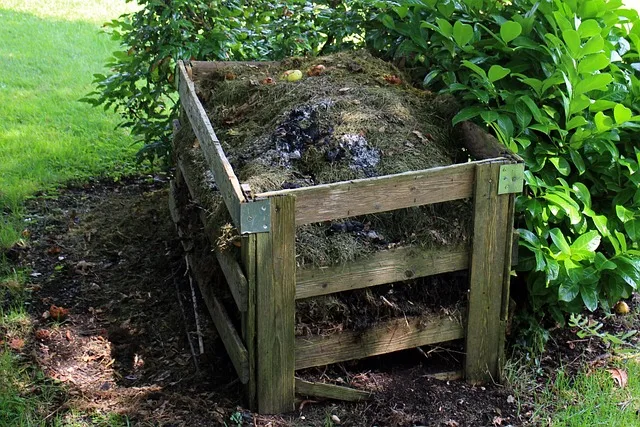
It’s also important to remember that over-fertilising can cause more harm than good by disrupting the delicate balance in the soil. It is therefore advisable to follow the instructions on the product packaging carefully when applying fertiliser and stick to recommended dosages. Overdoing it can lead to nutrient burn in plants, causing them to yellow and wilt prematurely.
Regular fertilising is vital for a healthy vegetable garden and should form an integral part of your gardening routine. With careful application, you should see great results in terms of yield size and quality.
Ready to Start Vegetable Container Gardening?
With regular watering and care, you should begin to see results within weeks. Growing vegetables in pots for beginners is fun, and is a great way of enjoying delicious harvests even if space is tight. Why not give it a try? For more inspiration, check out our Grow Your Own Guides.
